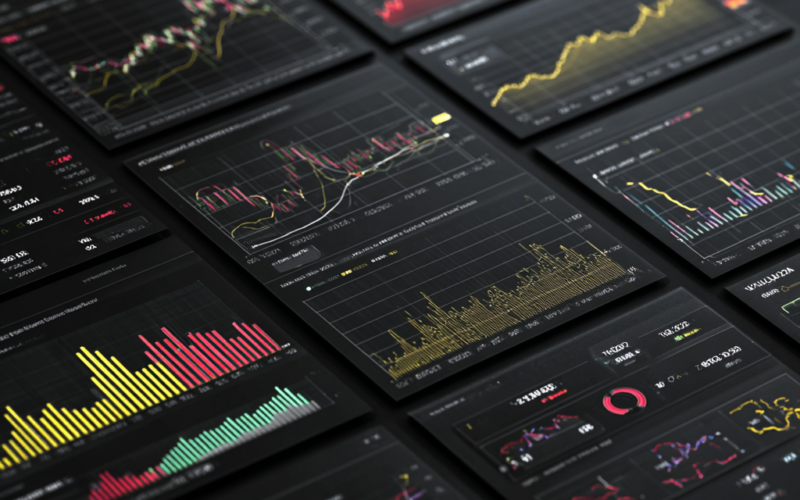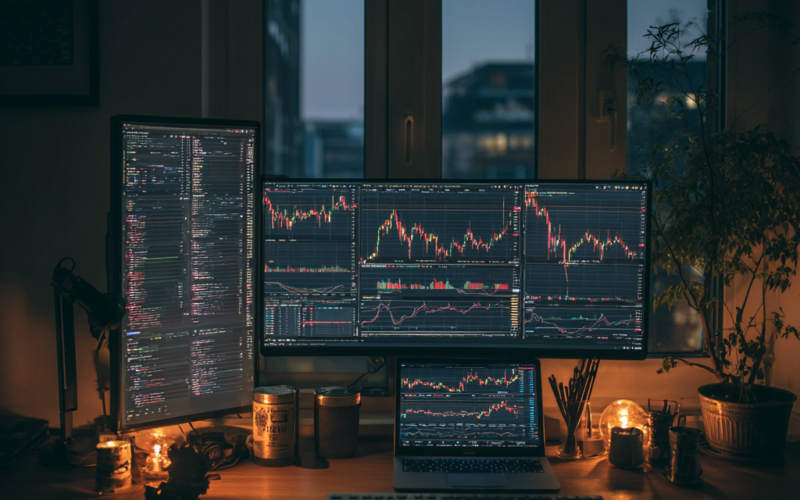MQL5 From Scratch: How to Code Your First Expert Advisor
Automating a trading strategy is one of the biggest milestones in a trader’s development. Instead of manually clicking buy and sell, you let a program execute your rules automatically, without fear, greed, or fatigue. In the MetaTrader 5 ecosystem this program is called an Expert Advisor (EA), and it is written in the MQL5 programming language. This article walks you step by step through coding your first Expert Advisor in MQL5. You will learn: What MQL5 and Expert Advisors are How an EA is structured How to use built-in indicators (Moving Averages) How to open and manage trades from code…



